Home>Garden Essentials>How To Control Mustard Garlic Invasive Ground Cover
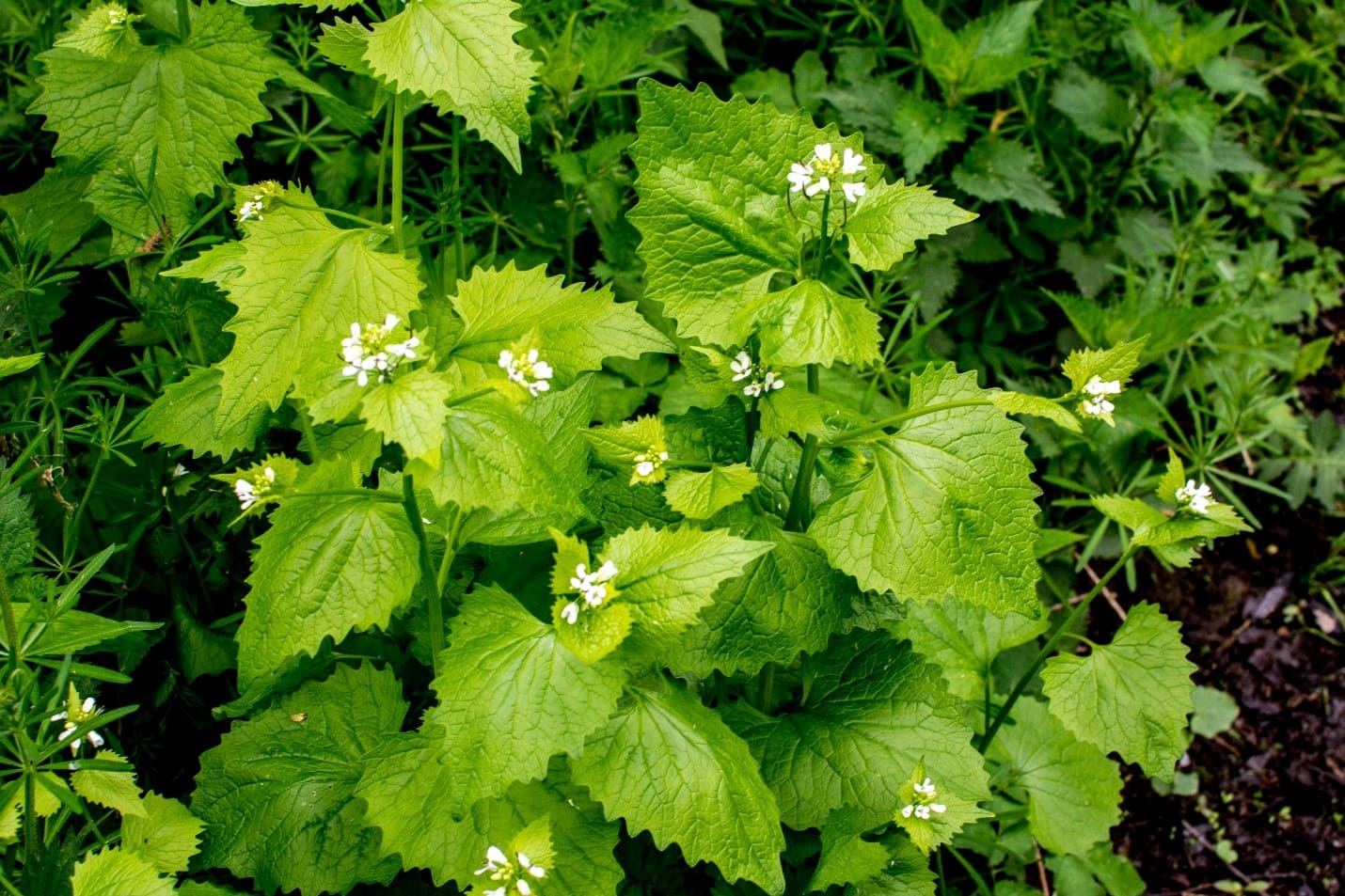

Garden Essentials
How To Control Mustard Garlic Invasive Ground Cover
Modified: August 25, 2024
Learn effective techniques for controlling mustard garlic invasive ground cover in your garden and maintain a healthy and vibrant growing environment.
(Many of the links in this article redirect to a specific reviewed product. Your purchase of these products through affiliate links helps to generate commission for Storables.com, at no extra cost. Learn more)
Introduction
Welcome to our comprehensive guide on how to control mustard garlic invasive ground cover. If you find your garden or landscape overrun with this aggressive plant, you may be looking for effective methods to control its growth and prevent its spread. In this article, we will explore the characteristics of mustard garlic, the dangers it poses, and various methods to control its invasive nature. Whether you prefer natural or chemical approaches, we have you covered.
Mustard garlic, scientifically known as Alliaria petiolata, is a highly invasive ground cover that belongs to the mustard family. Native to Europe but now prevalent across North America, this plant is commonly referred to as “garlic mustard” due to its distinctive garlic-like aroma and taste.
Identifying mustard garlic is crucial for effective control. The plant features heart-shaped leaves with scalloped edges and thrives in shady areas. It can grow up to three feet tall and produces clusters of small white flowers in the spring. As the summer progresses, its seed pods develop and eventually burst, scattering seeds exponentially and contributing to its invasive behavior.
Now, let’s delve into the dangers posed by mustard garlic invasive ground cover.
Key Takeaways:
- Mustard garlic, an invasive ground cover, threatens native plants and pollinators. Use natural methods like hand pulling and smothering, or consider chemical options with caution to control its spread.
- Prevent the spread of mustard garlic by monitoring, cleaning tools, and maintaining a healthy ecosystem. Act promptly and minimize soil disturbance to protect your garden or landscape.
Read more: What Ground Cover Is Not Invasive
Understanding Mustard Garlic Invasive Ground Cover
Before we delve into the methods of controlling mustard garlic, it’s essential to understand the characteristics and behavior of this invasive ground cover. By gaining insight into its growth patterns and impact on the ecosystem, you can better appreciate the urgency of managing its spread.
Mustard garlic is not your ordinary plant. It possesses several traits that contribute to its invasive nature. Firstly, mustard garlic has a prolific seeding capability, with each plant producing hundreds of seeds. These seeds have the ability to persist in the soil for up to seven years, lying dormant until optimal germination conditions arise.
Additionally, mustard garlic is an aggressive competitor, dominating the space it occupies. Its dense growth and ability to release chemicals into the soil inhibit the growth of neighboring plants, stifling biodiversity and disrupting the delicate balance of the ecosystem.
Furthermore, mustard garlic is known for its allelopathic properties, which means it releases chemicals that inhibit the growth of other plant species. This allelopathy allows mustard garlic to establish itself in various environments, including forests, meadows, and even disturbed areas such as roadsides and gardens.
Another concerning aspect of mustard garlic is its impact on native plant communities. As an invasive species, it outcompetes and displaces indigenous plants, leading to a decline in biodiversity and the loss of essential habitat for wildlife. This disruption to the ecosystem can have far-reaching consequences, affecting everything from pollinators to soil health.
Now that we have a better understanding of mustard garlic’s invasive tendencies and its detrimental effects on the environment, let’s explore the various methods you can employ to control its growth and spread.
Identifying Mustard Garlic
Accurate identification of mustard garlic is crucial for implementing effective control measures. Knowing the distinguishing features of this invasive ground cover will help you differentiate it from other plants in your garden or landscape.
Mustard garlic, also known as Alliaria petiolata, has several characteristic traits that can aid in identification. The plant typically has heart-shaped leaves with scalloped edges. The leaves are dark green, glossy, and emit a distinct garlic odor when crushed or bruised, hence the name “garlic mustard.”
As the plant matures, the stem can grow up to three feet in height. The stem is sturdy and grooved, and it may feature small hairs or bristles. Mustard garlic produces clusters of small white flowers in the spring, usually from April to June. These flowers have four petals and form in loose, airy racemes at the top of the stem.
Later in the growing season, mustard garlic produces seed pods. These pods are long and slender, resembling tiny green beans. As they mature, the pods turn brown and become more visible on the plant. Eventually, the pods burst open, releasing numerous small, rounded black seeds. These seeds are crucial to the plant’s invasive success as they can persist in the soil for several years, waiting for the right conditions to sprout.
When attempting to identify mustard garlic, it’s essential to consider its growth habitat. This invasive plant often thrives in shaded areas, such as forests, woodlands, and the edges of roadsides. Look for it in damp or moist soils, although it can adapt to various soil types and moisture levels.
If you encounter a plant that matches the description of mustard garlic and exhibits the garlic-like odor when leaves are crushed, it is likely that you have identified this invasive species correctly. However, if you are unsure, it’s always beneficial to consult local plant experts, horticulturists, or extension services for confirmation.
Now that you can confidently identify mustard garlic, let’s move on to understanding the dangers it poses and why it’s vital to control its spread in your garden or landscape.
The Dangers of Mustard Garlic Invasive Ground Cover
Mustard garlic, or Alliaria petiolata, may seem like a harmless plant at first glance, but its invasive nature poses significant dangers to the environment and ecosystem. Understanding these dangers is crucial to realizing the importance of controlling its spread.
One of the main dangers of mustard garlic is its ability to outcompete native plants. This invasive ground cover grows rapidly and densely, forming a thick carpet that shades out other plant species. As a result, native plants struggle to access sunlight, nutrients, and water, leading to reduced plant diversity and a loss of habitat for local wildlife.
Mustard garlic also has allelopathic properties, which means it releases chemicals into the soil that inhibit the growth of other plants. These chemicals can persist even after the mustard garlic has been removed, making it difficult for desirable plant species to flourish in affected areas. This disruption to the natural balance of the ecosystem can have severe consequences, affecting the overall health and function of the environment.
In addition to its impact on native plant communities, mustard garlic can also negatively affect pollinators. By crowding out native flowering plants that provide nectar and pollen, it reduces the food sources available to bees, butterflies, and other pollinating insects. This disruption in the pollination process can have cascading effects on the entire ecosystem, including reduced seed production and decreased biodiversity.
Furthermore, mustard garlic has the potential to alter soil composition. As an invasive species, it can modify nutrient cycling and soil structure, leading to changes in ecosystem processes. These alterations can have long-lasting effects on the health and fertility of the soil, making it more difficult for native plants to grow and thrive.
Another danger of mustard garlic is its impact on forest regeneration. It is particularly problematic in woodland areas where it can inhibit the growth of tree seedlings and understory plants. The dense carpet formed by mustard garlic can smother young trees and prevent the establishment of a diverse and healthy forest ecosystem.
By understanding the dangers posed by mustard garlic and its invasive ground cover, you can see why it is crucial to take action to control its spread. In the following sections, we will explore various methods, both natural and chemical, to effectively manage and eradicate mustard garlic from your garden or landscape.
Controlling Mustard Garlic Invasive Ground Cover
Controlling mustard garlic invasive ground cover is essential to prevent its spread and the negative impact it can have on the environment. Fortunately, there are several effective methods you can employ to manage and eradicate this invasive plant. Let’s explore some of these control strategies below.
Natural Methods:
- Hand Pulling: Start by manually removing mustard garlic plants, particularly when they are young and before they have a chance to set seed. Wear gloves to protect your hands and ensure you remove the entire root system to prevent regrowth.
- Mulching: Applying a thick layer of organic mulch, such as wood chips or straw, can help smother and suppress the growth of mustard garlic. Make sure to cover the area thoroughly, avoiding any gaps where sunlight could reach the plants.
- Smothering: If hand pulling or mulching is not feasible, you can try smothering mustard garlic by covering the affected area with cardboard or heavy-duty landscape fabric. This method deprives the plants of light and oxygen, eventually causing them to die off.
- Introduce Native Plants: Replanting the area with native plant species can help outcompete mustard garlic. Native plants are better adapted to the local environment and have natural defenses against invasive species.
Chemical Methods:
- Herbicides: Selective herbicides labeled for use on broadleaf weeds can be effective in controlling mustard garlic. Follow the instructions carefully, considering the timing of the application and any potential risks to desirable plants or nearby water sources.
- Organic Herbicides: If you prefer a more eco-friendly approach, there are organic herbicides available that contain ingredients such as vinegar or citrus oil. While these may not be as potent as synthetic herbicides, they can still provide some control over mustard garlic growth.
It’s important to note that with any control method, persistence is key. Mustard garlic is resilient, and it may take multiple attempts and ongoing monitoring to fully eradicate it from your garden or landscape. Regularly inspect the area and promptly remove any new growth to prevent the plants from reestablishing.
In the next section, we will discuss additional measures you can take to prevent the spread of mustard garlic and minimize its impact on other areas.
Regularly hand-pulling mustard garlic and covering the area with a thick layer of mulch can help control its invasive growth. Be sure to dispose of the pulled plants properly to prevent reseeding.
Read more: How To Kill Invasive Ground Cover
Natural Methods of Controlling Mustard Garlic
When dealing with mustard garlic invasive ground cover, natural methods of control can be effective in managing its growth without resorting to chemical interventions. These methods are environmentally friendly and can help restore balance to your garden or landscape. Here are some natural control methods you can implement:
- Hand Pulling: Start by manually removing mustard garlic plants, especially when they are young and before they have a chance to set seed. Be sure to wear gloves to protect your hands and pull the plants out by the root to prevent regrowth. This method is most effective when done consistently and regularly.
- Smothering: Smothering is another natural method that involves covering the mustard garlic plants with a layer of organic materials to block their access to sunlight. You can use materials like cardboard, newspaper, or mulch. Make sure to cover the affected area thoroughly, overlapping the materials to eliminate any gaps. This method gradually weakens the plants and inhibits their growth over time.
- Introduce Native Plants: Replacing the areas infested with mustard garlic with native plants can help restore biodiversity and outcompete the invasive species. Native plants are well-adapted to the local environment and can better withstand competition. Choose native species that thrive in the conditions of your garden or landscape and provide habitat for local wildlife.
- Cover Crops: Another effective natural control method is the use of cover crops. Planting dense ground covers, such as clover or buckwheat, can help smother mustard garlic and prevent its growth. These cover crops act as living mulch, reducing the availability of light and nutrients for the invasive plants.
- Encourage Natural Predators: Consider attracting and supporting natural predators that feed on mustard garlic, such as certain species of insect larvae and ground-dwelling birds. By creating a hospitable environment for these predators, you can help keep mustard garlic populations in check.
It’s important to remember that natural methods of control may take time and require regular maintenance. Persistence is key when using these methods, as mustard garlic can be resilient. Continually monitor the affected area, remove any new growth, and employ a combination of natural control methods for optimal results.
In the next section, we’ll explore chemical methods of controlling mustard garlic invasive ground cover for those who prefer a more targeted approach.
Chemical Methods of Controlling Mustard Garlic
While natural methods can be effective, sometimes a more targeted approach is needed to tackle mustard garlic invasive ground cover. Chemical methods can provide efficient control over the plant’s growth and help restore balance to your garden or landscape. Here are some chemical methods to consider:
- Selective Herbicides: Selective herbicides specifically formulated for broadleaf weeds can be used to target mustard garlic. Look for herbicides containing active ingredients such as dicamba, 2,4-D, or triclopyr. Read the label carefully and follow the instructions for proper usage, including recommended application rates and timing.
- Non-Selective Herbicides: Non-selective herbicides, which kill all vegetation they come into contact with, can be used on a spot-treatment basis when mustard garlic is growing within desirable plants. Glyphosate is a commonly used non-selective herbicide. Apply it directly to the mustard garlic leaves, avoiding contact with desirable plants.
- Organic Herbicides: If you prefer to use more environmentally-friendly options, there are organic herbicides available that utilize natural ingredients. These herbicides often contain acetic acid (vinegar) or citrus oil as active ingredients. While organic herbicides may not provide the same level of efficacy as synthetic chemicals, they can still provide some control over mustard garlic growth.
- Pre-Emergent Herbicides: Pre-emergent herbicides work by inhibiting the germination of mustard garlic seeds, preventing them from sprouting. These herbicides are best applied before the seeds have a chance to germinate, typically in early spring or fall. Consult with a local gardening expert to determine the most effective pre-emergent herbicide for your specific situation.
When using chemical methods, it is of utmost importance to carefully read and follow the instructions provided by the herbicide manufacturer. Consider wearing protective clothing, such as gloves and goggles, and avoid applying herbicides on windy days to prevent spray drift onto desirable plants. Keep in mind that some herbicides may have residual effects in the soil, so take precautions when using them near sensitive areas or water sources.
It is worth noting that chemical control should be used as a last resort and in conjunction with other control methods. It is often more effective to combine chemical approaches with natural methods to achieve long-term success in managing mustard garlic invasive ground cover.
In the next section, we will discuss preventive measures to help stop the spread of mustard garlic and protect your garden or landscape from future infestations.
Preventing the Spread of Mustard Garlic
Preventing the spread of mustard garlic is crucial to safeguard your garden or landscape from future infestations. By implementing preventive measures, you can halt the invasive plant’s progress and protect the integrity of your ecosystem. Here are some strategies to consider:
- Monitor and Act Promptly: Regularly inspect your garden or landscape for any signs of mustard garlic growth. Early detection is key to preventing its spread. If you spot any plants, take immediate action to remove them manually or apply an appropriate control method.
- Clean Tools and Equipment: Mustard garlic seeds can easily be transported by clinging to gardening tools, equipment, or clothing. After working in an area infested with mustard garlic, thoroughly clean your tools to avoid spreading the seeds to other locations.
- Avoid Seed Dispersal: Seed dispersal is one of the primary ways mustard garlic spreads. To prevent this, remove seed pods before they burst and scatter seeds. Either bag and dispose of the pods in the trash or burn them, taking appropriate precautions and following local regulations.
- Minimize Soil Disturbance: Mustard garlic often thrives in disturbed soil. Therefore, minimizing soil disturbance in your garden or landscape can help prevent its establishment. Practice techniques such as mulching, which can inhibit mustard garlic growth while enhancing soil health.
- Maintain Healthy Ecosystems: A well-maintained and healthy ecosystem is more resilient to invasive species. Promote biodiversity in your garden by including a variety of native plants that can outcompete mustard garlic. By nurturing a diverse and balanced ecosystem, you create an environment less favorable for invasive plants to take hold.
- Be Mindful of Seed Sources: When purchasing plants or seeds, ensure they come from reliable sources and are free from mustard garlic contamination. Carefully inspect nursery plants for any signs of mustard garlic before introducing them to your garden.
Remember, prevention is always better than trying to control an existing infestation. By implementing these preventive measures, you can minimize the risk of mustard garlic invading your garden or landscape and avoid the time and effort required for its eradication.
As we conclude this guide on controlling mustard garlic invasive ground cover, we hope that the information provided has empowered you with the knowledge and tools needed to effectively manage this invasive species. By taking action, you contribute to the protection and preservation of our natural ecosystems.
Conclusion
Controlling mustard garlic invasive ground cover is a vital step in preserving the health and biodiversity of your garden or landscape. With its aggressive growth and ability to outcompete native plants, mustard garlic poses a significant threat to the ecosystem. Fortunately, there are effective methods to manage and eradicate this invasive plant.
By understanding the characteristics of mustard garlic, such as its heart-shaped leaves, garlic-like odor, and prolific seeding capabilities, you can accurately identify and differentiate it from other plants. Recognizing its invasiveness and the dangers it poses to native plant communities, pollinators, and soil health emphasizes the need for action.
Various control methods, both natural and chemical, are available to manage mustard garlic. Natural methods such as hand pulling, smothering, and introducing native plants promote a sustainable approach that minimizes harm to the environment. Chemical methods, when used judiciously and according to label instructions, can provide targeted control in more challenging situations.
Preventing the spread of mustard garlic is equally important. Regular monitoring, cleaning tools, avoiding seed dispersal, minimizing soil disturbance, and maintaining a healthy ecosystem are all preventive measures that can help reduce the likelihood of future infestations.
Remember, persistence is key when dealing with mustard garlic. Continuously monitor the area, remove any new growth, and apply a combination of control methods for optimal results. Eradicating mustard garlic may take time, but the effort is well worth it to safeguard the long-term health and balance of your garden or landscape.
By taking proactive steps to control mustard garlic invasive ground cover, you play a crucial role in preserving the beauty and diversity of our natural surroundings. Embrace the balance between nature and human intervention, and together, we can protect our gardens, ecosystems, and future generations.
Frequently Asked Questions about How To Control Mustard Garlic Invasive Ground Cover
Was this page helpful?
At Storables.com, we guarantee accurate and reliable information. Our content, validated by Expert Board Contributors, is crafted following stringent Editorial Policies. We're committed to providing you with well-researched, expert-backed insights for all your informational needs.
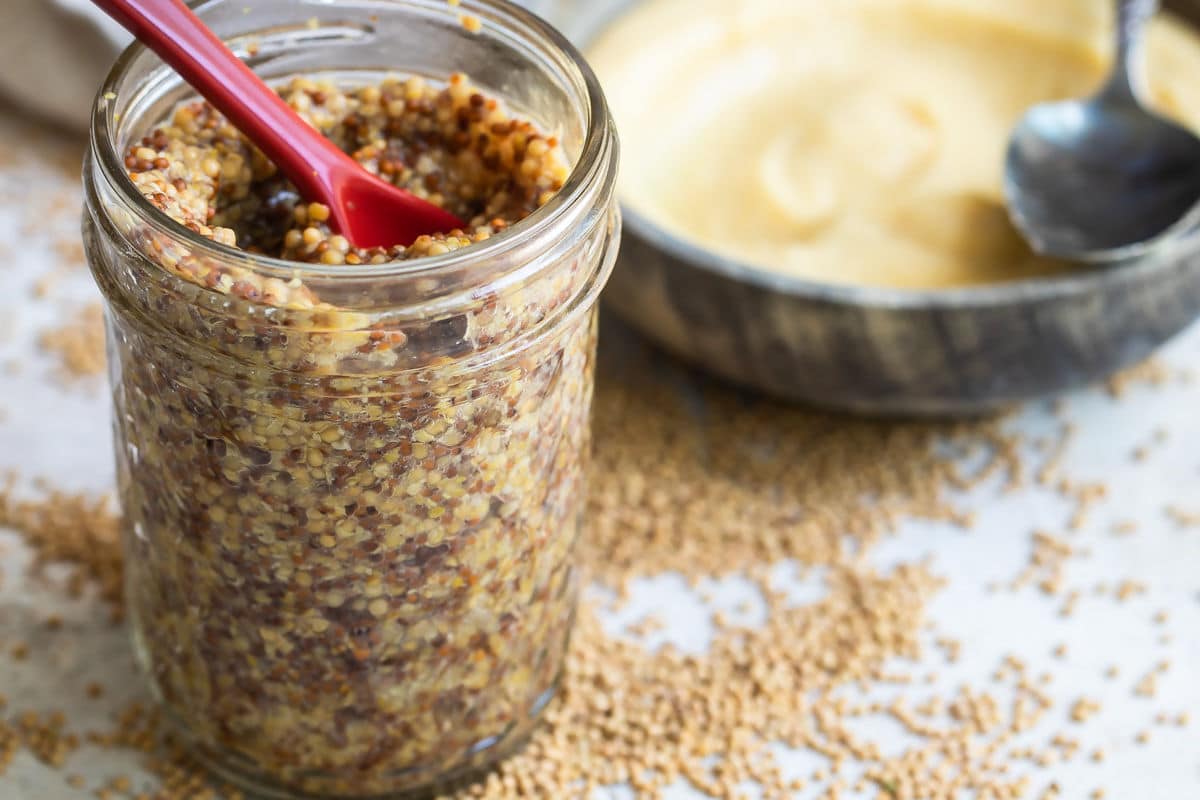
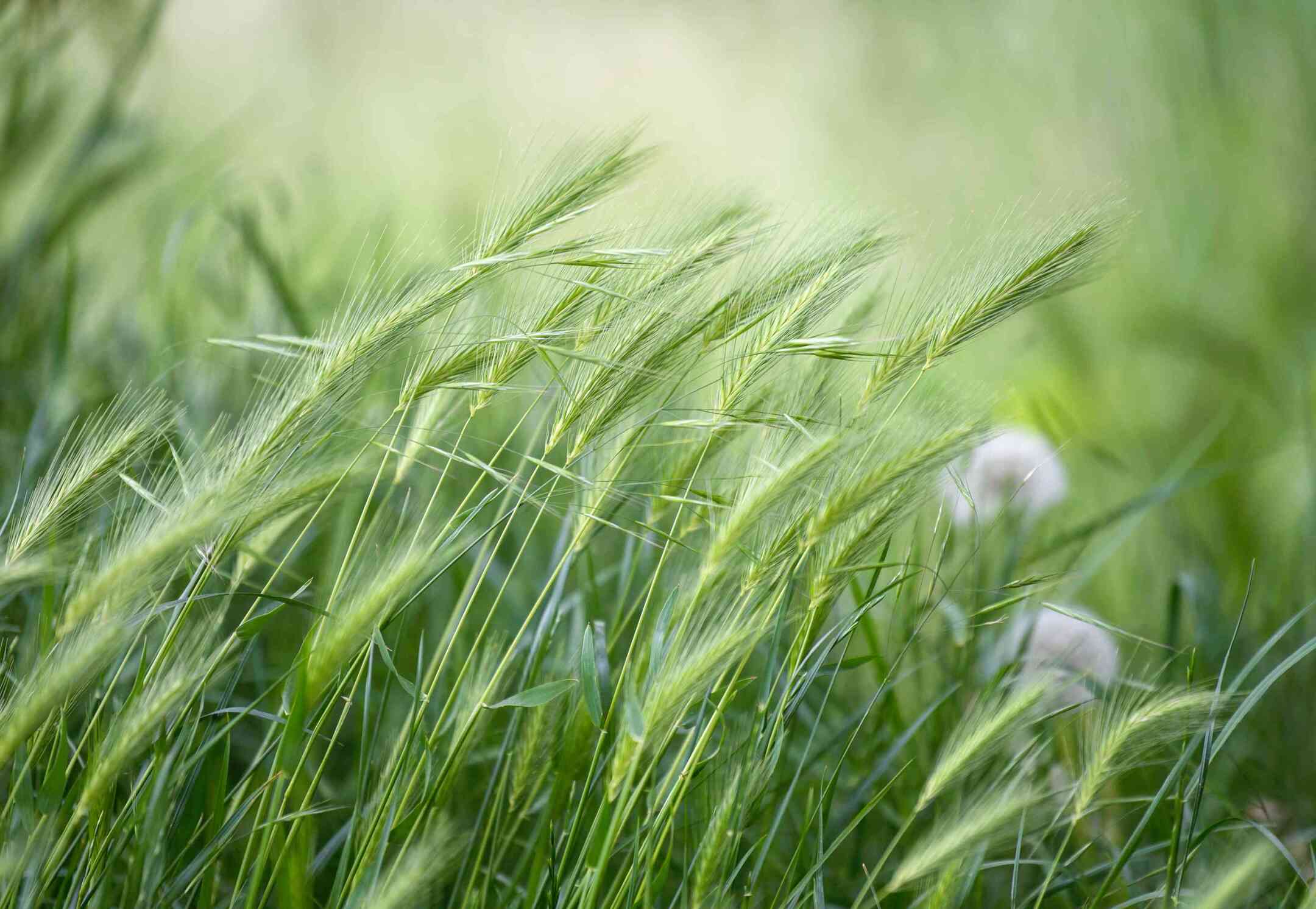
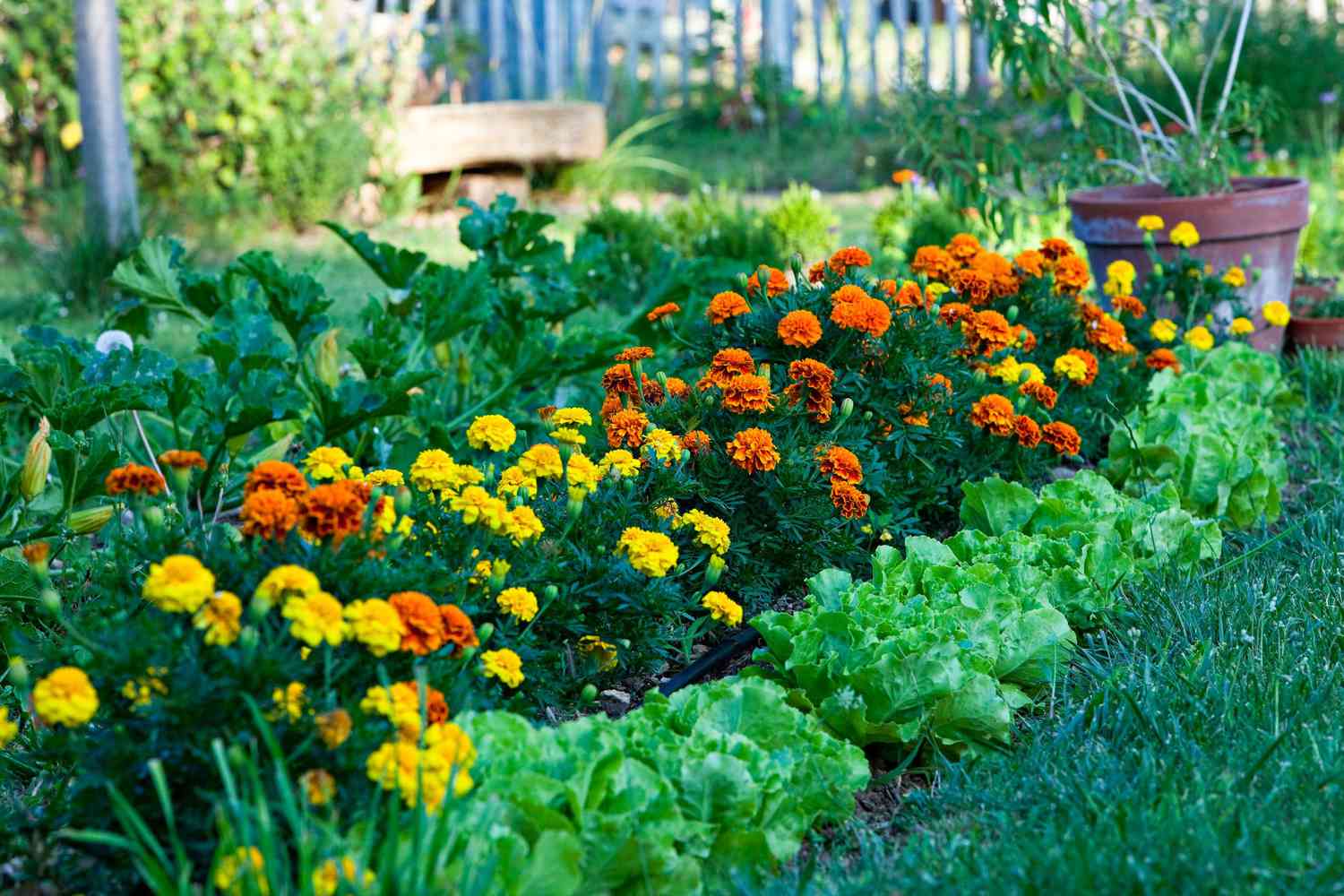
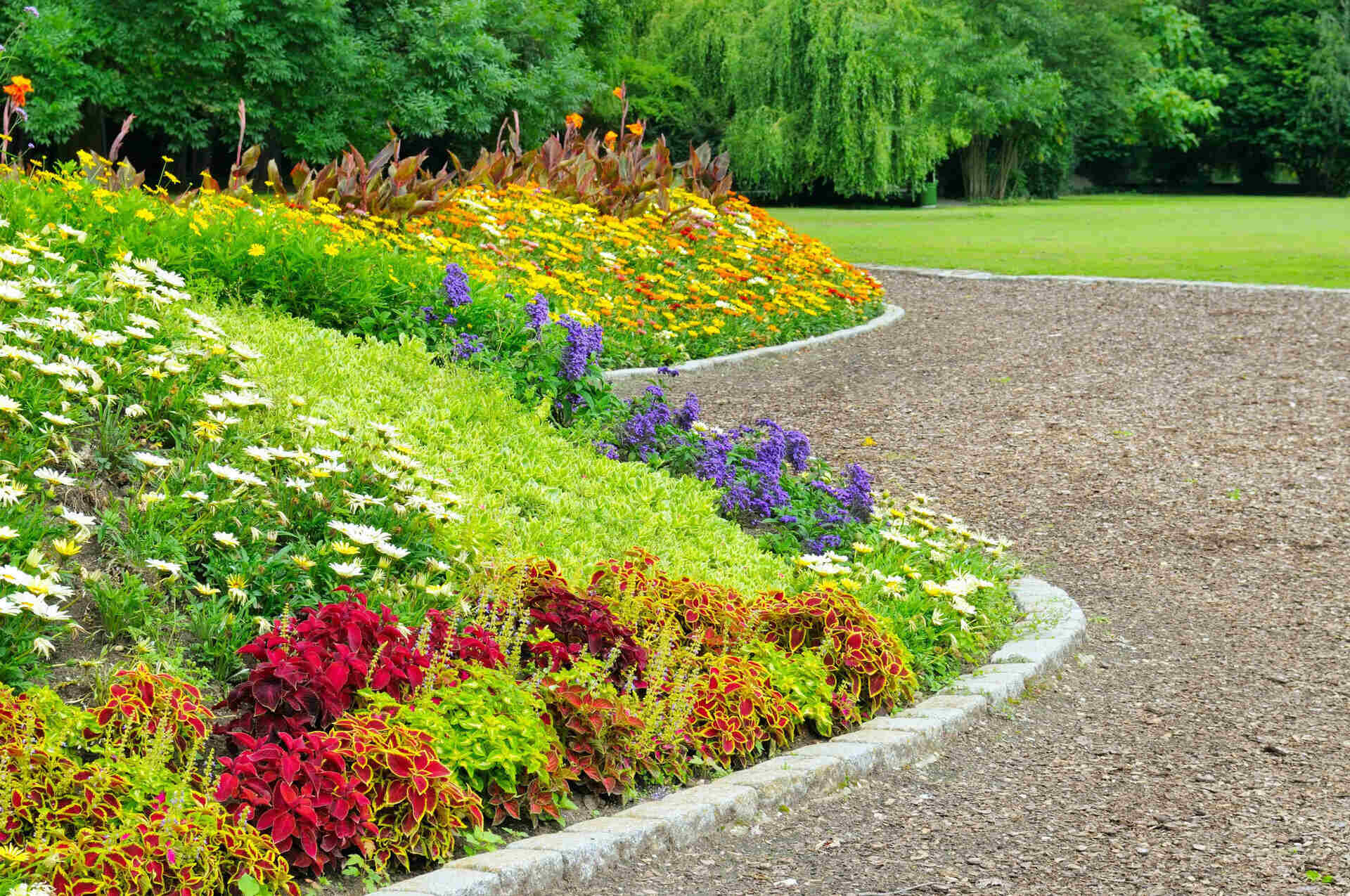
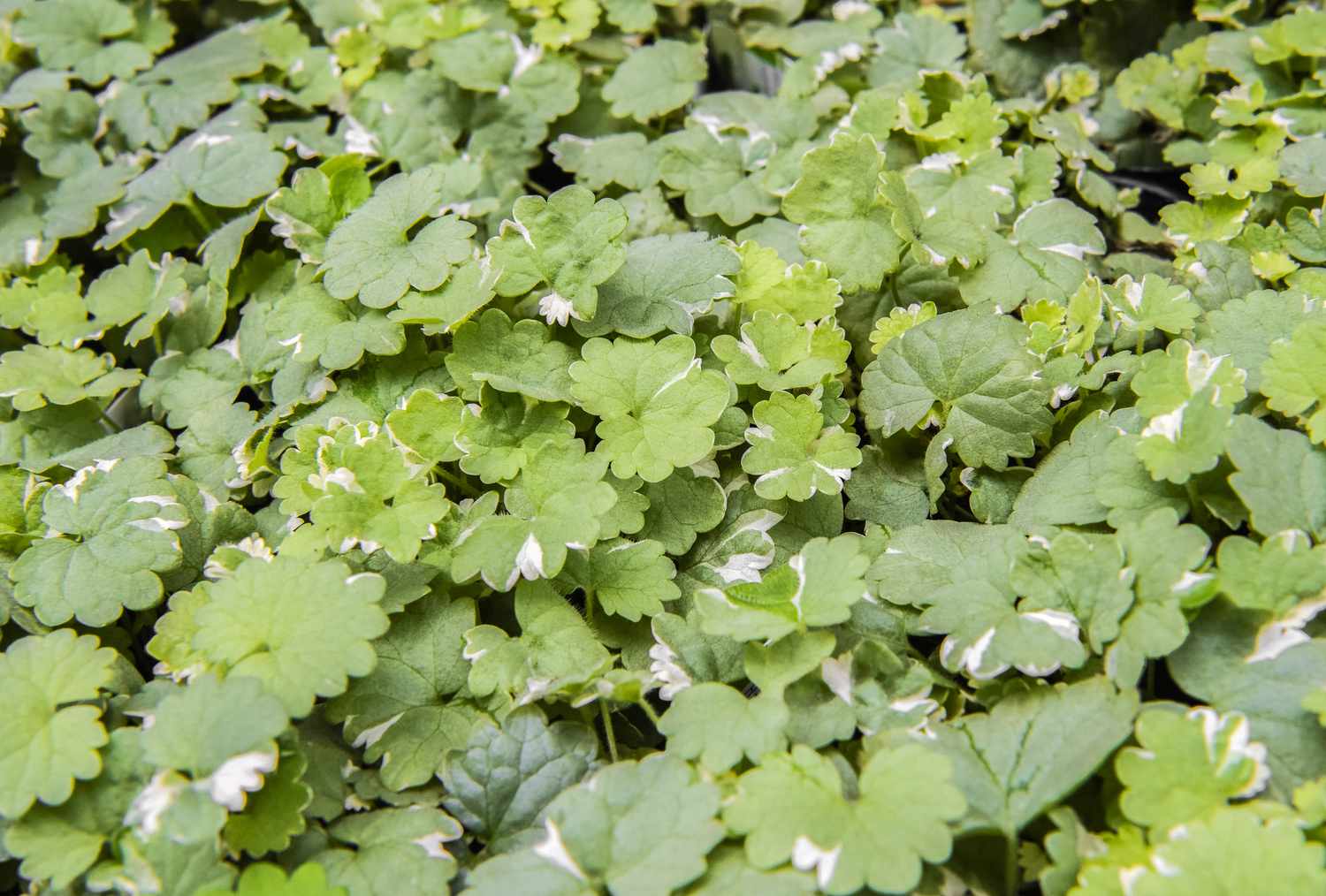
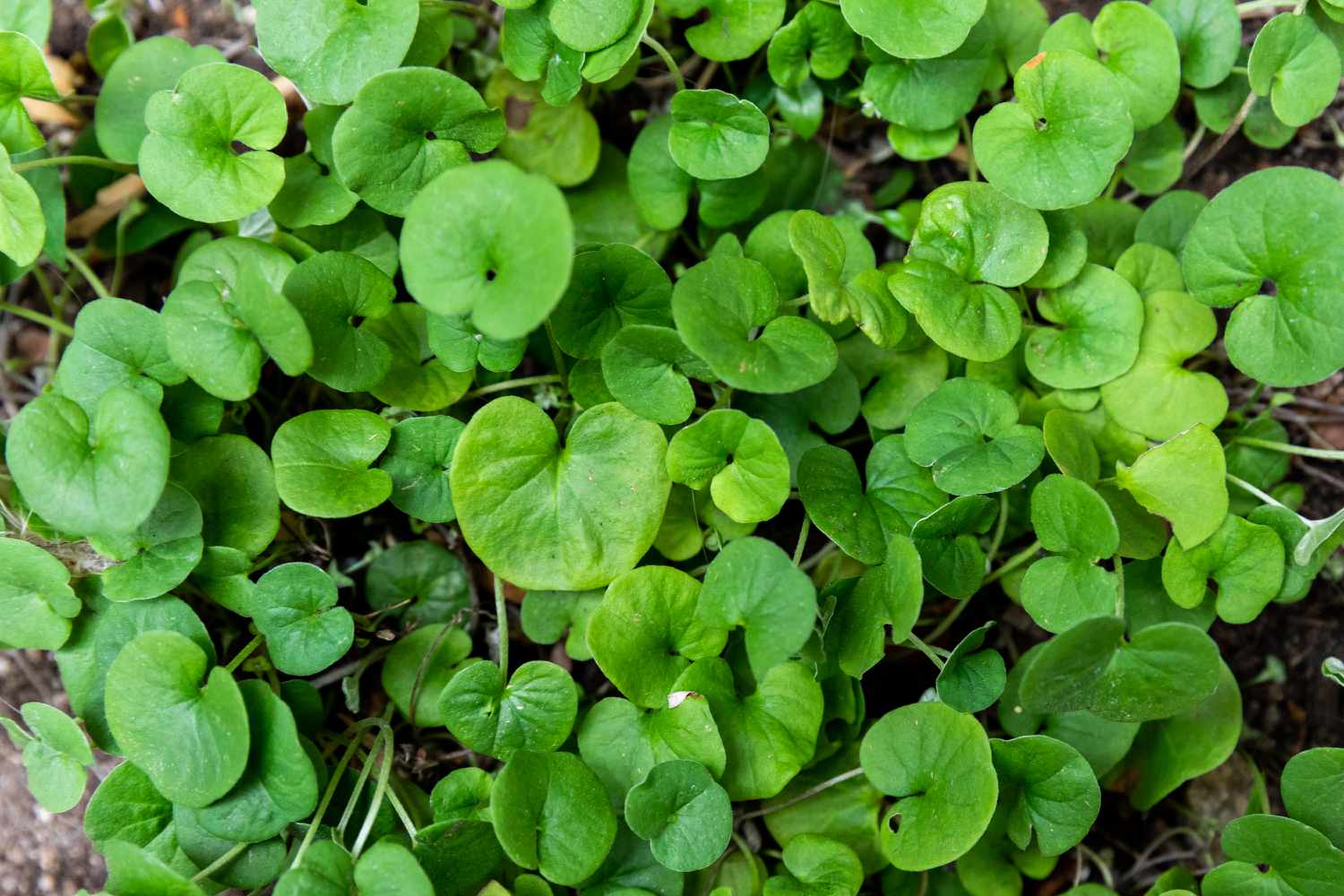
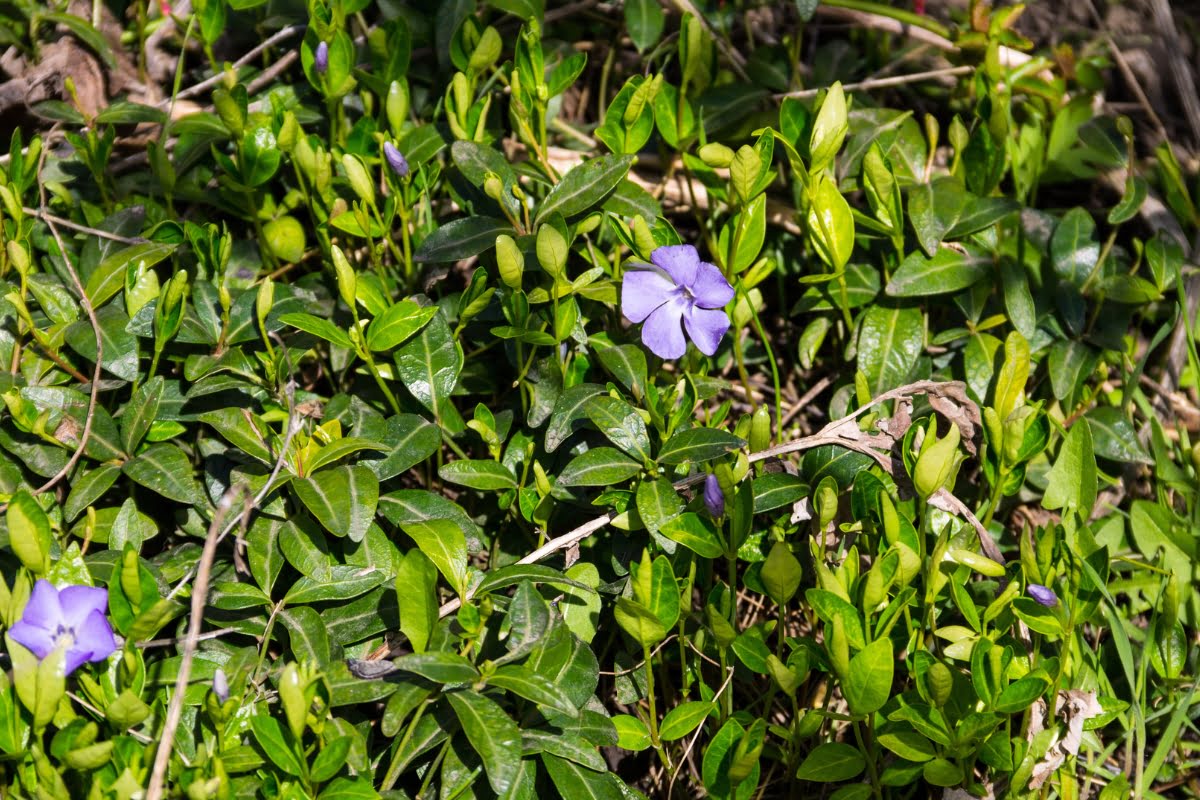
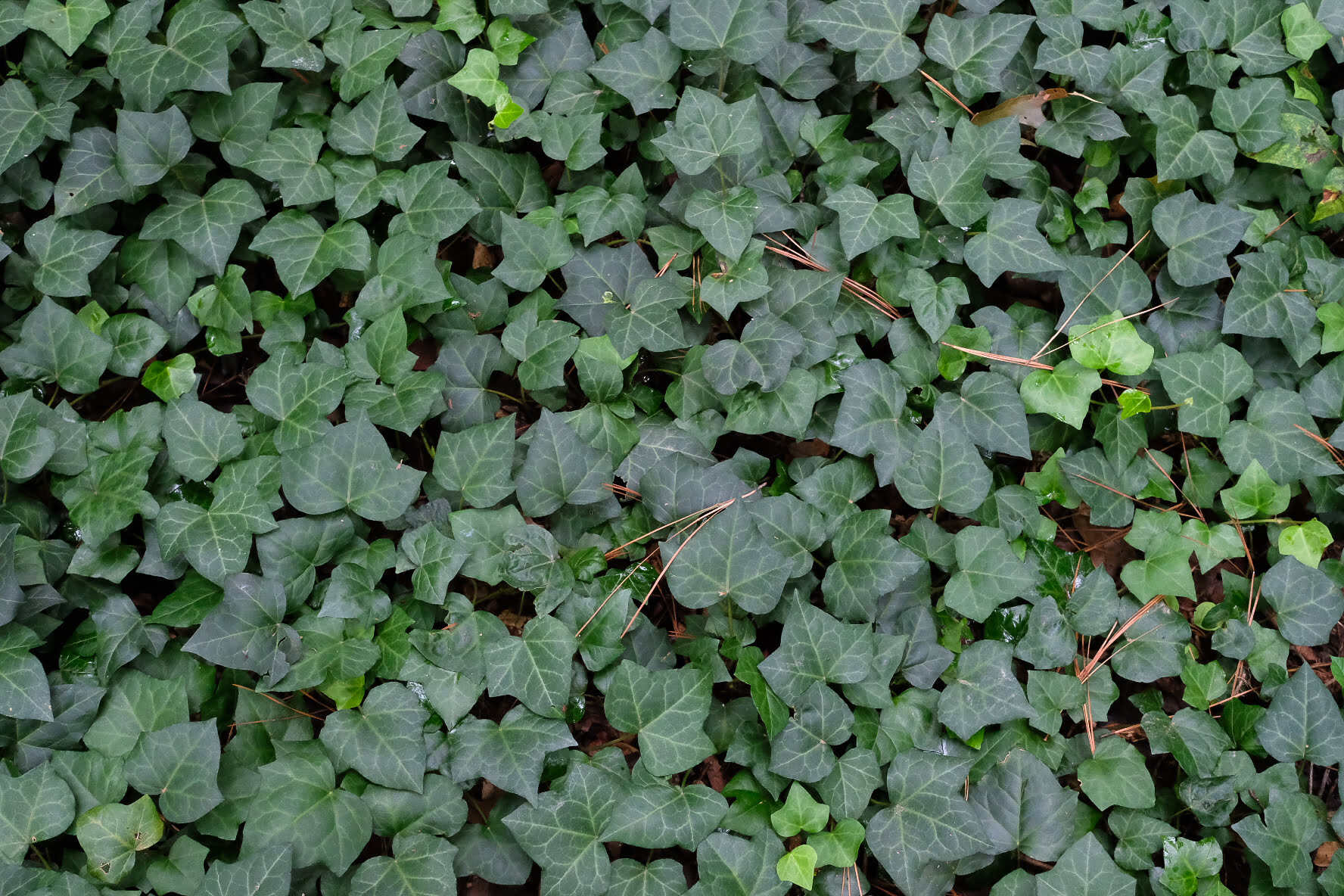
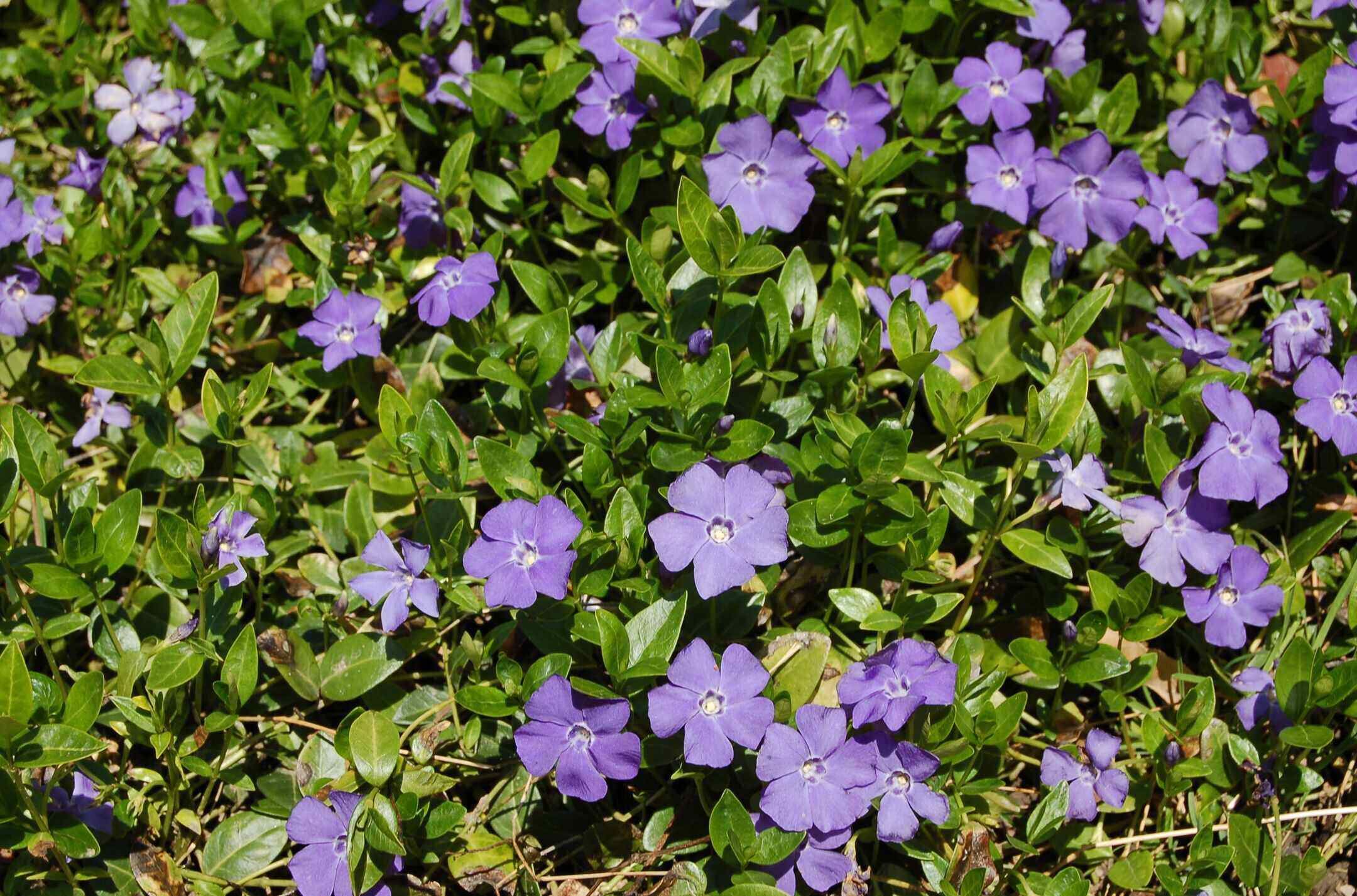

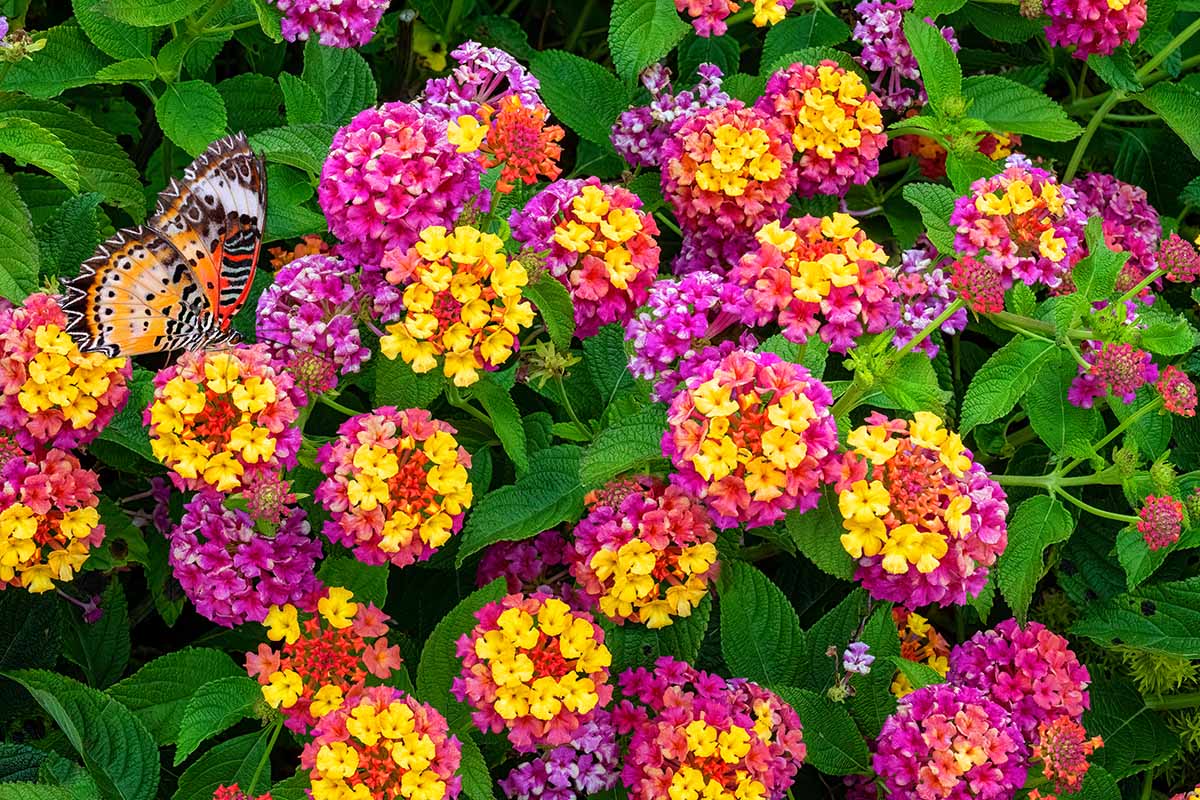
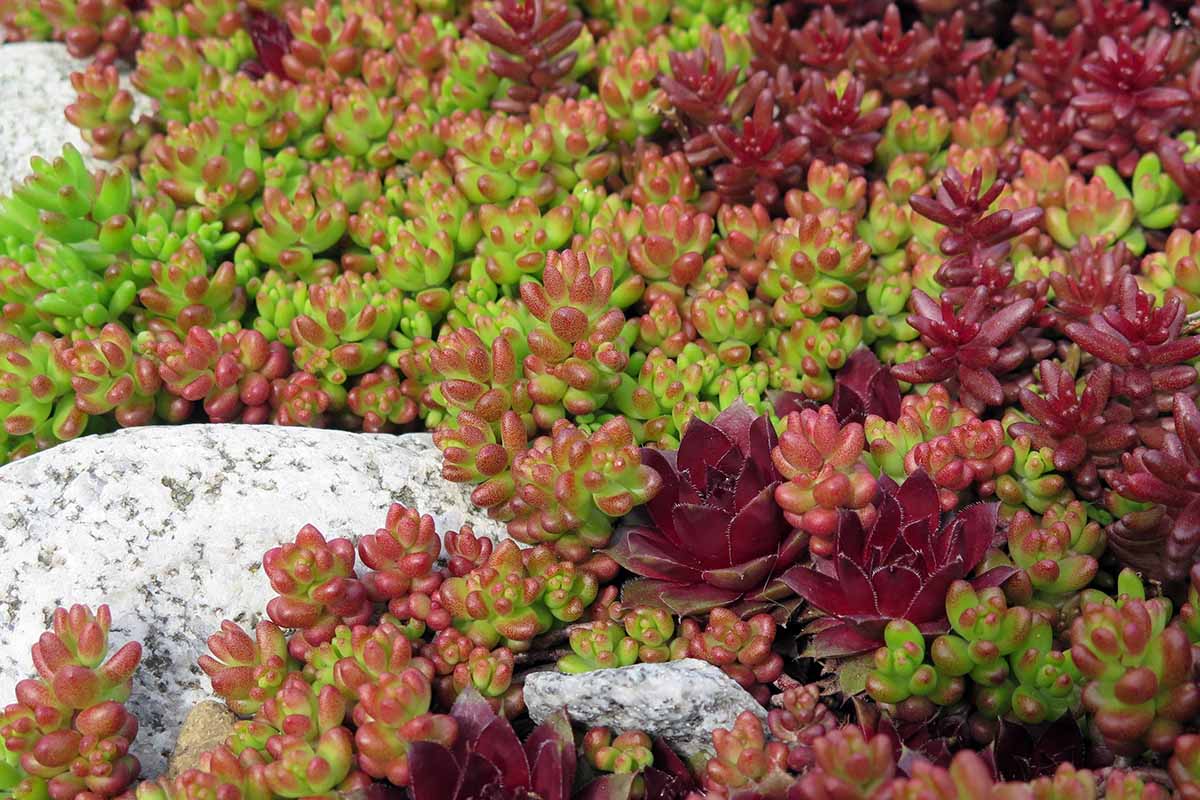
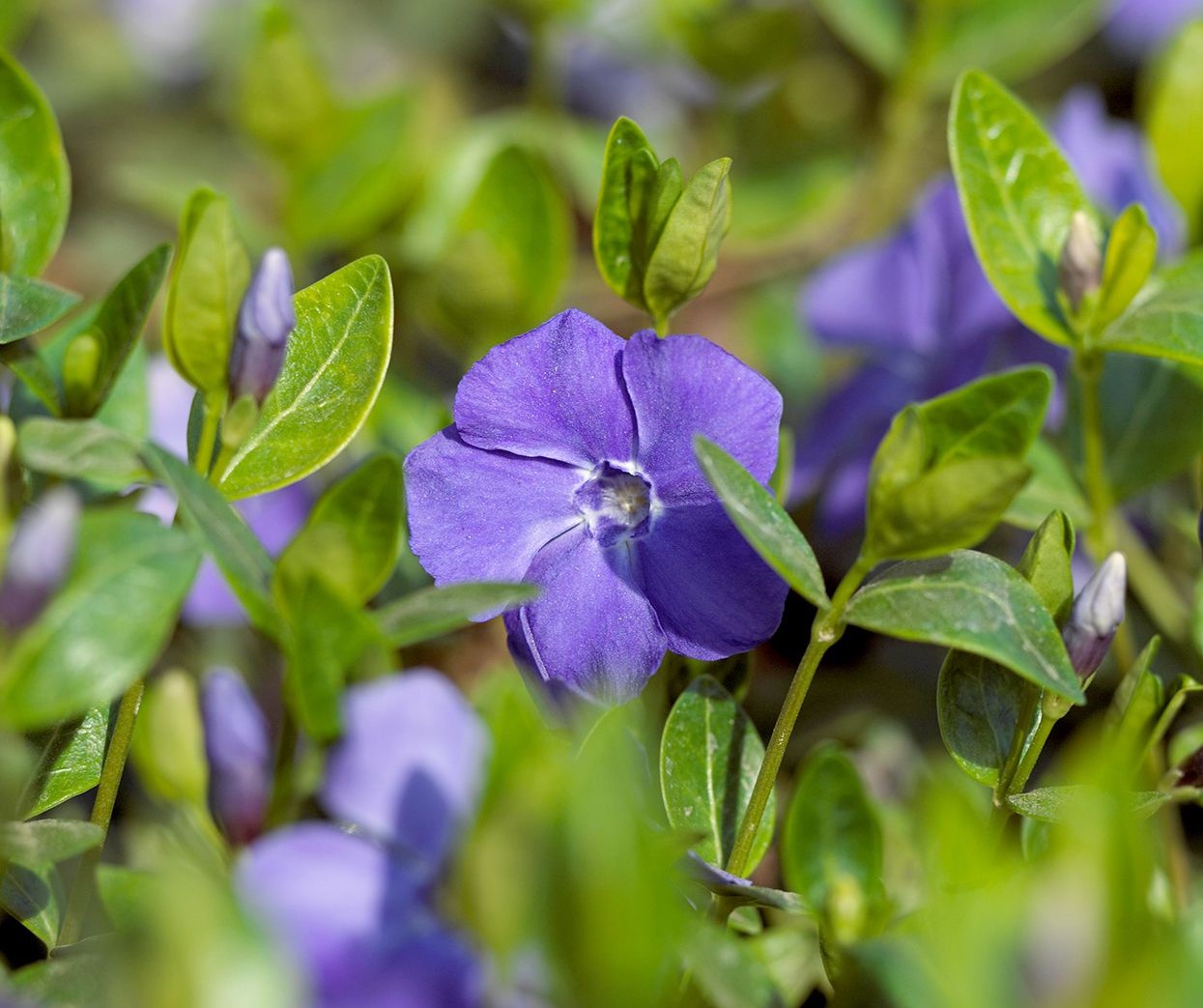
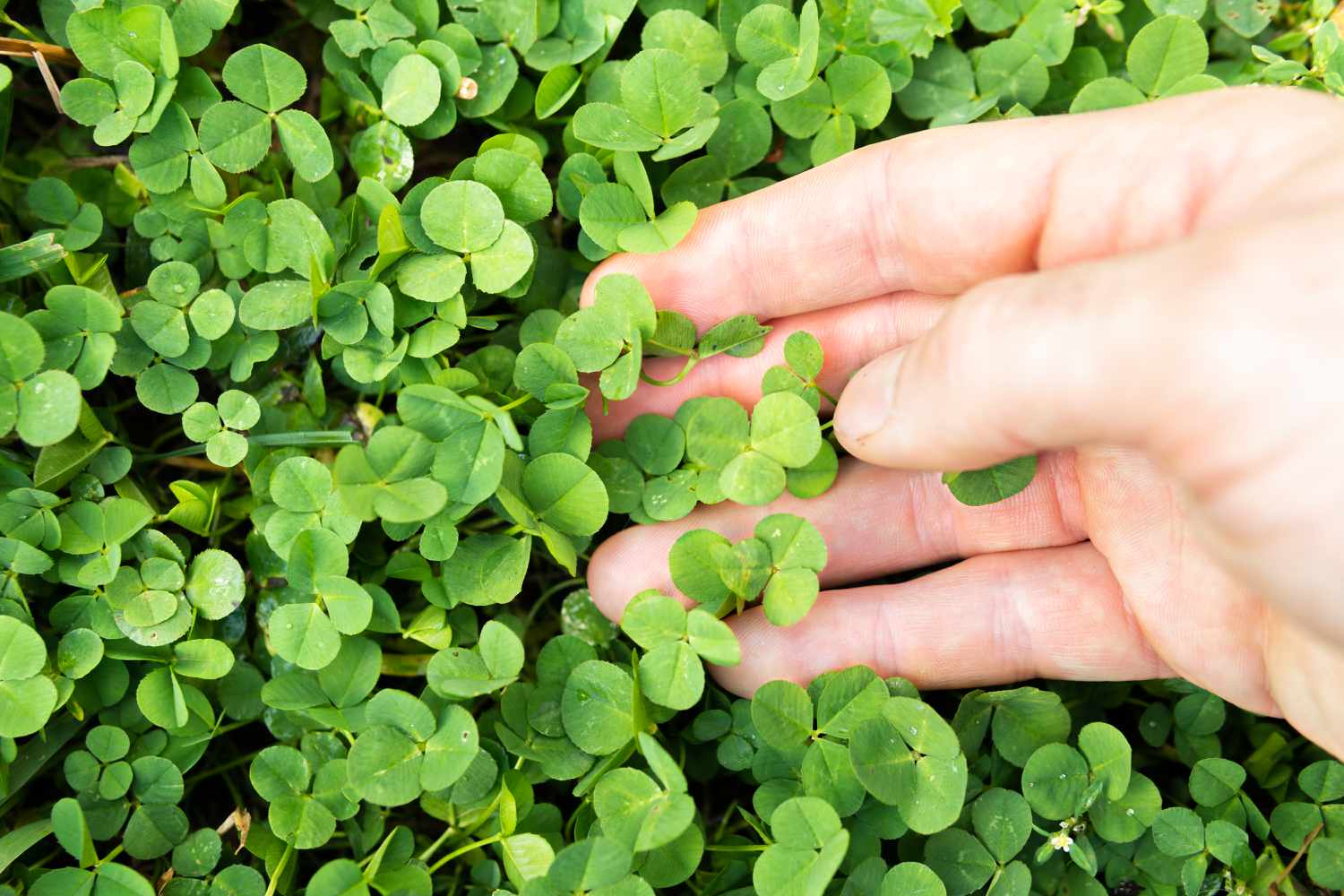

0 thoughts on “How To Control Mustard Garlic Invasive Ground Cover”